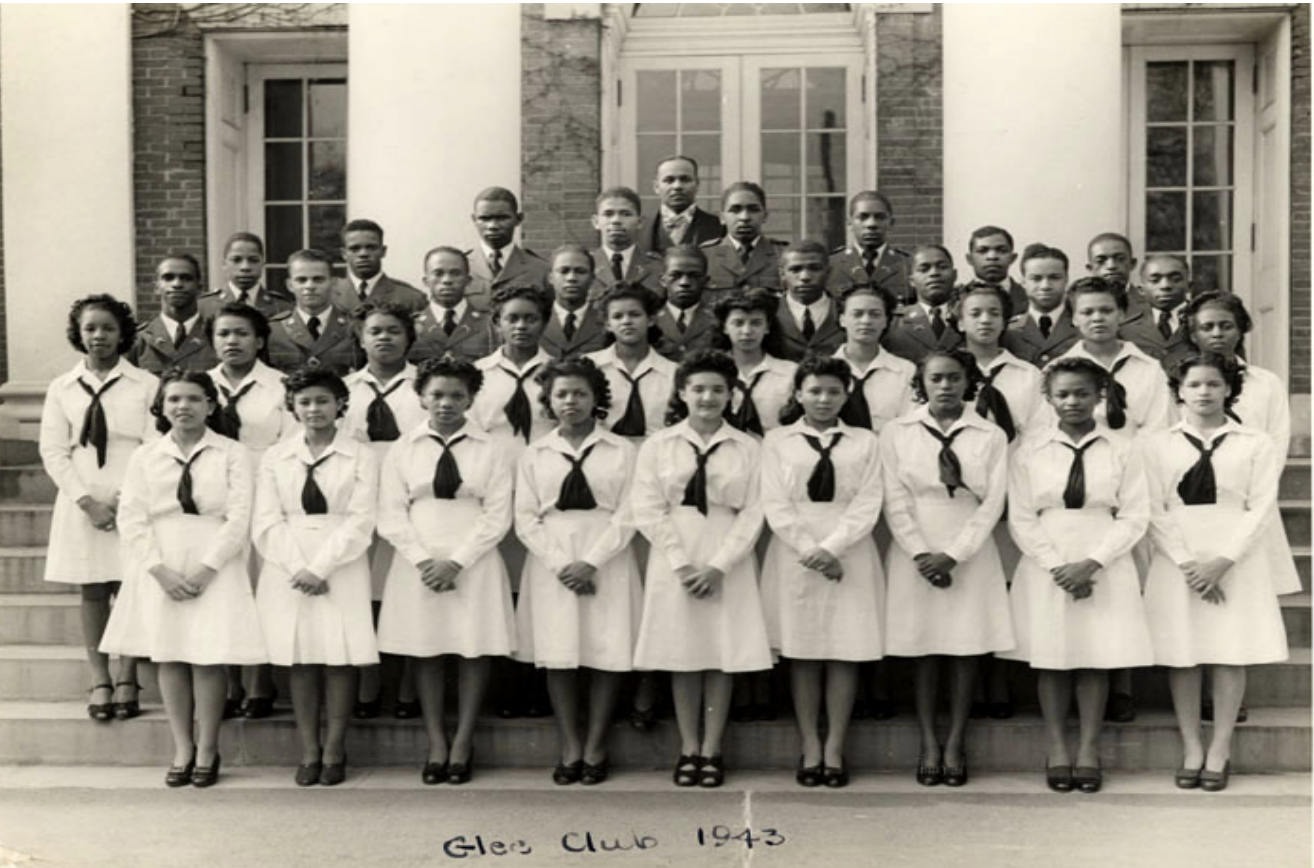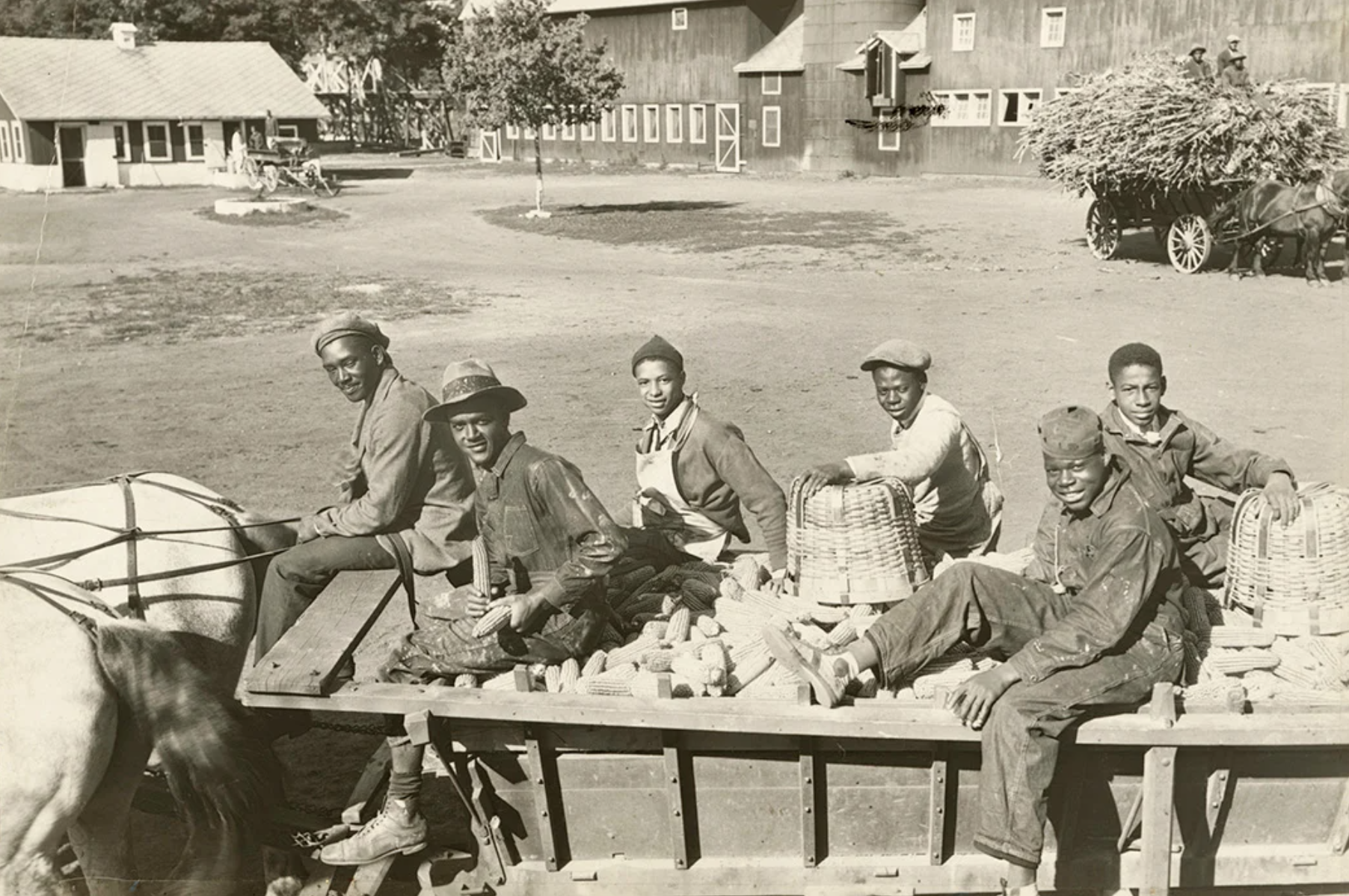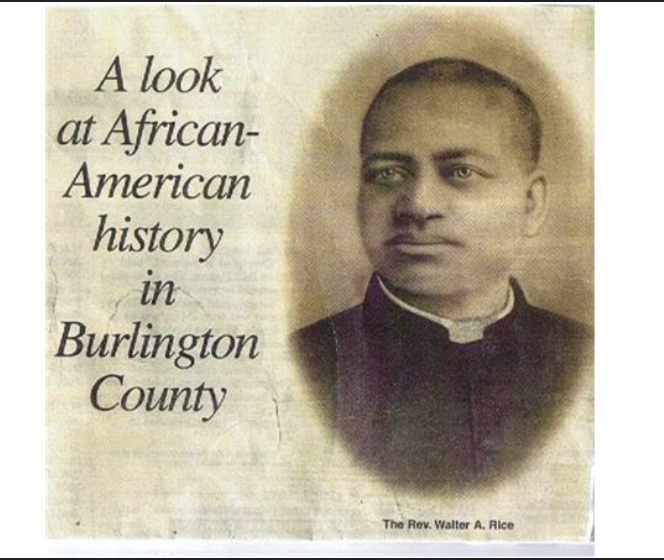a storied history
Considered by many as the “Tuskegee of the North”, The Bordentown Technical School, also known as The Manual Training and Industrial School for Colored Youth, was the mecca for black pride and elite education. For over 70 years, the school educated and trained black men and women and served as a pillar for Black Excellence.
Image below: Reverend Walter A. Rice, Founder of The Bordentown Technical School
The Foundry at Bordentown is situated on a portion of the land that was once home of the Manual Training and Industrial School for Colored Youth, or Bordentown Technical School. The school was founded in 1886 on 400 acres of land owned by former slave, Walter A. S. Rice of the African Methodist Episcopal Church (great-grandfather of former US Ambassador to United Nations, Susan Rice). The 400-acre Bordentown campus included over thirty trade, academic, and residential buildings, and two working farms.
For seventy years, the Manual Training and Industrial School for Colored Youth in Bordentown served as New Jersey's state-operated, co-educational vocational school for African Americans. It was at the pinnacle of education for African-Americans during that time with visitors like Albert Einstein, and notable alumni including Ethel Cuff Black - one of the founders of the Delta Sigma Theta Sorority, and George Franklin Grant (1846–1910) - inventor of the golf tee.
Walter A.S. Rice mirrored the school based on Booker T. Washington’s Tuskegee Institute. Some notable personnel include James Gregory, former professor and Dean of Howard University. He served as principal from 1897 - 1915 and adapted W.E.B Du Bois’ “Talented Tenth” philosophy. Dr. William R. Valentine, who served after Gregory for 30 years, adapted a curriculum that was a balance between Du Bois’ “Talented Tenth” and Washington’s focus on trade work. His curriculum mandated that all students were responsible for learning a trade and maintaining the school in addition to the pursuit of academic excellence.
Following the adoption of the new state constitution in 1947, and in the climate of the U.S. Supreme Court's decision in Brown v. Board of Education, the New Jersey State Board of Education attempted to integrate the Bordentown school. Renamed "Manual Training and Industrial School for Youth," the school was opened in 1948 to all students regardless of race. The recruiting effort failed, however, and on the basis that the school was segregated in its practical operation, the State Board of Education adopted a resolution in December 1954 closing the institution the following June. Today, the original school building serves as a youth Juvenile Detention Center.
The PBS Documentary - A Place Out of Time - highlights the historical school. View a segment of the documentary below.


Historic drawing of the picturesque grounds of the Bordentown Technical School.

The Bordentown School Administration Building, courtesy of New Jersey State Archives.



Six young men riding on a horse-drawn wagon filled with corn at the Manual Training and Industrial School for Colored Youth in Bordentown, NJ, 1935 via Smithsonian

Bordentown School faculty, no date, courtesy of the New Jersey State Archives

William Valentine, the third and longest-serving principal of the Bordentown Manual and Industrial School. (Photo courtesy of the New Jersey State Archives.)

A gelatin silver print of men making corn shocks in a field at the Manual Training and Industrial School for Colored Youth in Bordentown, New Jersey.

Bordentown School Glee Club, 1943, courtesy of New Jersey State Archives

Female students received vocational training in laundry, cooking, food service, and housekeeping at the Bordentown School, courtesy of New Jersey State Archives.

Created by Hine, Lewis Wickes, American, 1874 - 1940

Women in a domestic science class.

